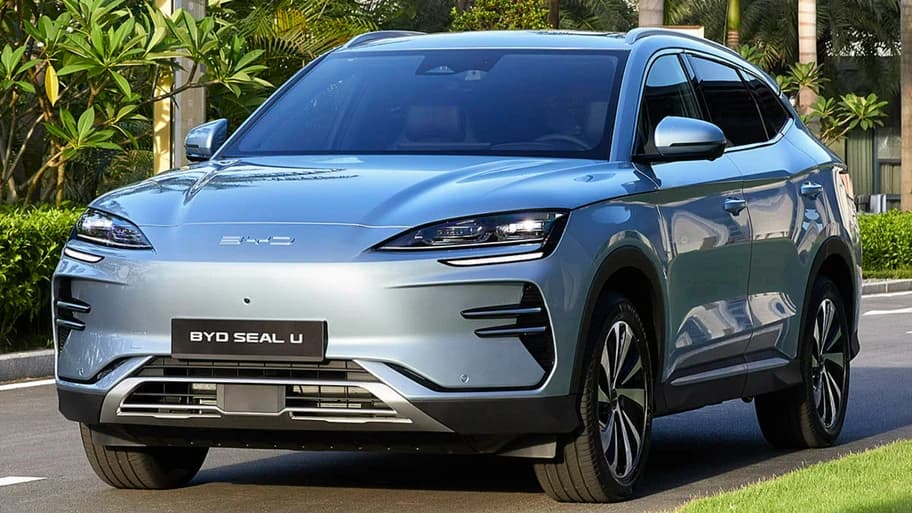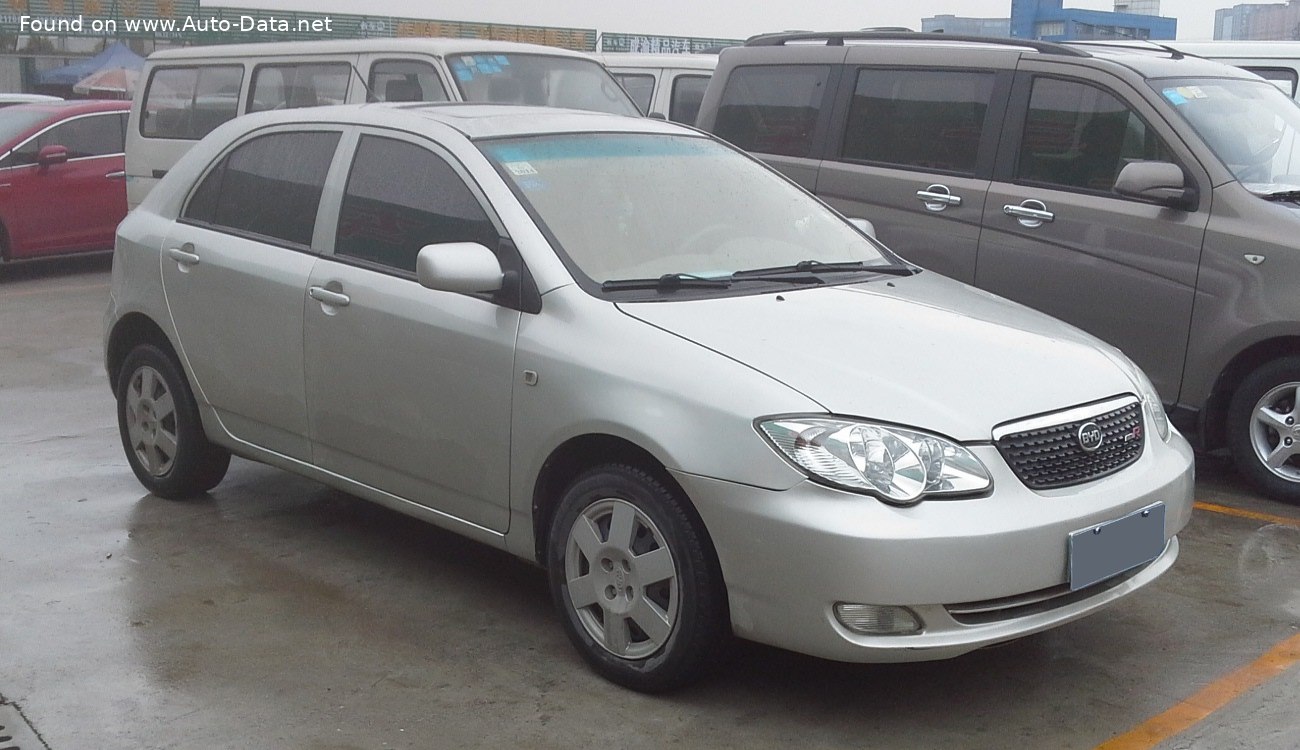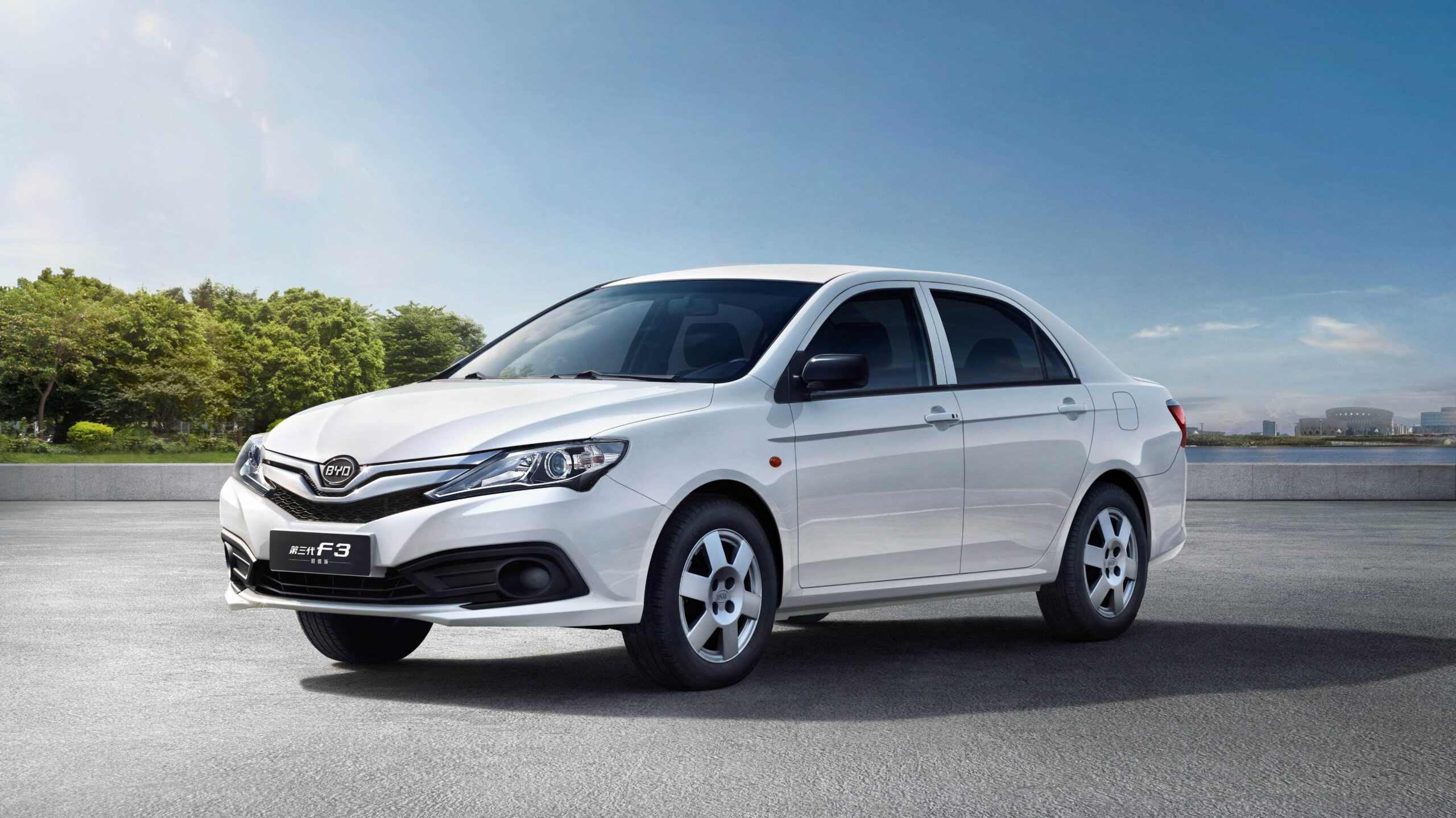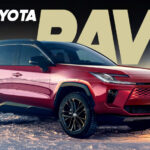The rise of BYD in Kenya and Globally

BYD
In the world of electric vehicles, Tesla reigns supreme, but its days as the top dog may be numbered. China is the world’s largest EV market. Tesla has been losing ground to domestic automakers as a ruthless price war has inflamed an already competitive market. This one car brand in particular, has been giving Tesla a run for its money -The Warren Buffet backed BYD. The Chinese automaker logged 2.4 million new car insurance registrations in 2023, making it the top brand in China with a market share of 11%.In 2023 ,BYD produced more than 3 million new energy vehicles, which include plug in hybrids and battery electrics overtaking Tesla’s production of 1.84 million cars. Early on Elon Musk was dismissive of BYD as a threat. Now they’re a serious threat as they not only dominate the Chinese market but have grand ambitions of expanding globally. In 2023 BYD export increased by 334%, to 70 countries. Predictions show that by next year BYD will enter the top 5 automakers in the world ,today it’s already in the top 10.

In 2024, BYD and Tesla were closely matched in battery electric vehicle (BEV) sales. Tesla delivered approximately 1.79 million BEVs, while BYD sold around 1.76 million BEVs. This indicates that Tesla maintained a slight lead in BEV sales for the year.
However, when considering total new energy vehicle (NEV) sales — which include both BEVs and plug-in hybrid electric vehicles (PHEVs) — BYD significantly outpaced Tesla. BYD’s total NEV sales reached approximately 4.27 million units in 2024, encompassing both BEVs and PHEVs
The rise of BYD
BYD short for build your dreams, was originally a battery company started in 1995 by Wang Chuanfu in Shenzhen china. After building a successful business by supplying customers such as Motorola and Nokia, they decided to enter the automotive business. BYD bought Xi’an Tsinchuan automobile and launched its First Internal combustion car in 2005,the F3.


BYD F3DM
In 2008 it launched the F3DM,a plug in hybrid EV. In 2010 it unveiled it’s first electric vehicle the e6. It was progress but it wasn’t perfection still. In 2019 the company managed to come up with new products, designed by German world class designers, which made them very good looking cars. In 2022 the company full shifted to building electric vehicles, focusing on building battery electric and plug-in hybrids. The majority of their cars are in the mass market so that helps with volume and they’ve also not completely shifted into pure electric vehicle at once. BYD stock is up over 1400% since Buffet’s first invested.
BYD enters the Kenyan Market.
READ ALSO: 2026 Toyota RAV 4
In September 2024, Chinese electric vehicle (EV) manufacturer BYD officially entered the Kenyan market through partnerships with local motor dealers. These collaborations introduced three of BYD’s top-selling EV models to Kenyan consumers:
Atto 3: A mid-size SUV priced at approximately KSh 12 million.
The Atto 3 is a fully electric compact crossover SUV from BYD, sitting in the same class as the MG ZS EV and Hyundai Kona Electric. It’s built on BYD’s e-platform 3.0 and features the brand’s signature Blade Battery, known for safety and longevity. The Atto 3 offers a range of around 400–500 km (depending on the version) and comes with quirky, modern interior styling — think guitar string door pockets and a rotating central screen. It’s front-wheel-drive and leans more toward comfort and tech than off-road ruggedness, making it ideal for young families or urban dwellers wanting a futuristic daily driver.

Seal: A sedan model starting at KSh 7.5 million.
The Seal is BYD’s answer to the Tesla Model 3 — a sporty, mid-size electric sedan with sharp looks and impressive performance. It’s also built on the e-platform 3.0, featuring rear- or all-wheel-drive options and dual-motor setups for the higher trims. Depending on the battery pack, it can deliver up to 570 km of range. The interior is premium with a clean, flowing dashboard, large screens, and quality materials. Performance-wise, the top variants can do 0–100 km/h in under 4 seconds, placing it firmly in sporty EV territory. It’s a great mix of style, speed, and sustainability.

Dolphin: A hatchback also starting at KSh 7.5 million.
The Dolphin is a compact electric hatchback targeting the budget-conscious city driver. It’s affordable but still surprisingly refined for its class. Built on the same platform as the Atto 3 and Seal, it gets a smaller battery (around 45–60 kWh) offering between 340–420 km of range. Despite its size, it doesn’t skimp on interior tech, boasting a touchscreen infotainment system, rotating screen, and playful interior design. It’s nimble, easy to park, and ideal for urban commuting, yet it still has a youthful charm that makes it appealing beyond just being “cheap and electric.

READ ALSO: 2026 Toyota RAV 4
These models cater to diverse consumer preferences, from compact city cars to spacious family vehicles.
The Kenyan government has prioritized the adoption of e-mobility to achieve a 32% reduction in carbon emissions by 2030 and to decrease reliance on oil imports. Cabinet Secretary for the Ministry of Investments, Trade, and Industry, Salim Mvurya, noted that the introduction of electric vehicles is a timely contribution to Kenya’s sustainable development goals.

BYD’s entry into Kenya marks a pivotal moment in the country’s transition toward sustainable mobility. As a rising global EV giant, BYD brings a compelling mix of affordability, innovation, and variety—qualities that align well with the evolving demands of Kenyan motorists. Its launch of models like the Atto 3, Seal, and Dolphin signals not just a product rollout but a broader commitment to shaping the local EV ecosystem. Meanwhile, Kenya’s electric vehicle industry is gaining momentum, buoyed by supportive policies, growing awareness, and significant investments in infrastructure and renewable energy. With government initiatives like reduced taxes, a dedicated e-mobility tariff, and increased funding for charging stations, the environment is becoming more conducive for EV adoption. Though challenges remain—such as high initial costs and limited infrastructure—the direction is clear. Brands like BYD are not only introducing world-class vehicles but also helping redefine the future of mobility in Kenya.



